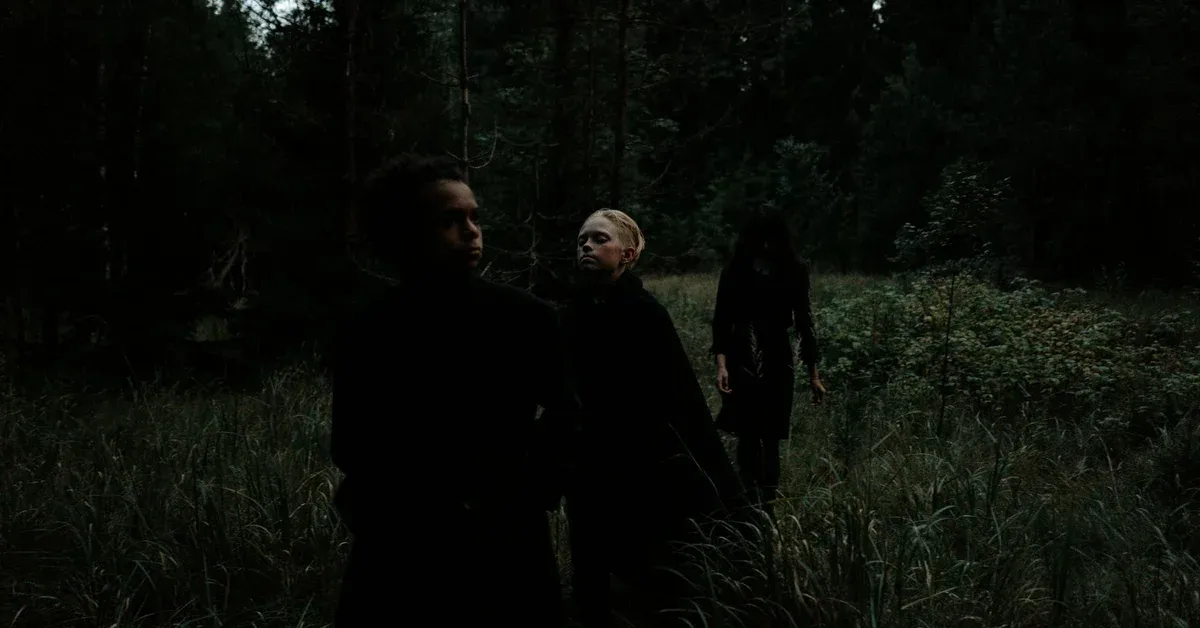
A retired coal mine in Tennessee is getting a complete makeover. The Bull Run Fossil Plant near Knoxville might become a 350-megawatt nuclear fusion power plant. This isn’t just swapping one energy source for another. It’s turning one of the dirtiest energy sources into what could be the cleanest power we’ve ever had. The Tennessee Valley Authority (TVA) just signed a Letter of Intent with Type One Energy. They’re looking at building a commercial fusion power plant at this old coal site. If it works, this could change how we think about energy and help revitalize rural areas. It’s taking something from the past and making it part of the future.
How Fusion Works Differently
Type One Energy wants to use stellarator fusion technology. This system uses magnetic fields to contain plasma hot enough to fuse atoms together, just like what happens in the sun. Unlike nuclear fission that splits atoms apart, fusion combines them. This releases huge amounts of clean energy without creating long-lasting radioactive waste.
The Bull Run site makes sense for several reasons. It already has power grid connections and workers who understand energy systems. Converting old coal plants to nuclear can add about $275 million to local economies each year, according to a 2022 Department of Energy report. This isn’t just about cleaner energy. It’s about giving jobs and stability to communities that depended on coal. This approach could help avoid the brain drain problems some nuclear facilities have faced.
Fusion Gets Closer to Reality
For years, people joked that fusion power was always “30 years away.” Now venture capitalists and companies like Type One Energy are investing serious money to make it happen sooner. They’re not just trying to prove fusion works in a lab. They want to build plants that can actually power cities and compete with other electricity sources on cost.
The U.S. Department of Energy sees these projects as strategically important. They cut carbon emissions while boosting local economies. The global race for clean energy dominance is heating up, and fusion could be the game-changer. You can learn more about these economic benefits at Energy.gov.
Challenges Still Remain
Building commercial fusion plants isn’t simple. Engineers still need to solve problems with fusion materials and tritium breeding, which are essential for sustainable reactors. Public-private partnerships are crucial for overcoming these technical hurdles.
The Clean Air Task Force has written extensively about fusion policy and what needs to happen to make it commercially viable. Their research shows the urgency behind developing competitive fusion power. You can find their detailed policy report at their website.
This project represents more than just new technology. It shows how communities can reinvent themselves as the world moves away from fossil fuels. Instead of closed mines representing economic decline, they become centers for advanced technology and good-paying jobs.
Converting a coal plant into a fusion facility sends a powerful message. Places that once symbolized environmental damage could become sources of virtually unlimited clean energy. It’s proof that we can heal the damage from our industrial past while building a better energy future.